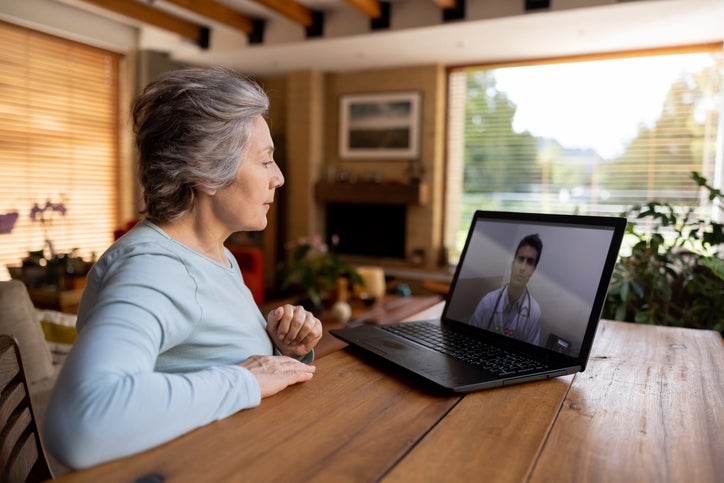
On January 30, 2023, the Biden Administration announced the anticipated end of the COVID-19 Public Health Emergency (PHE) to be May 11, 2023. The fate of telehealth expansion after the COVID-19 PHE ends is uncertain and will depend on a range of factors, including regulatory and legislative actions, healthcare provider and patient preferences, and reimbursement policies.
Before the pandemic, telehealth services were available but not widely used, and regulations around these services were restrictive. However, due to the pandemic, there has been a significant increase in the use of telehealth services, and regulatory bodies have made them more accessible and affordable. These changes have allowed patients to receive care from home, helping reduce the risk of COVID-19 transmission and providing greater access to care for those who may not have been able to receive it otherwise.
Due to the Continuing Appropriations Act, 2023 passed by Congress in December 2022, most of the current Medicare telehealth flexibilities will remain in place through December 2024. These include:
- Federally Qualified Health Centers (FQHC)/Rural Health Clinics (RHC) can serve as a distant site provider for non-behavioral/mental telehealth services.
- Medicare patients can receive telehealth services authorized in the Calendar Year 2023 Medicare Physician Fee Schedule in their homes.
- There are no geographic restrictions for originating sites for non-behavioral/mental telehealth services.
- Some non-behavioral/mental telehealth services can be delivered using audio-only communication platforms.
- An in-person visit within six months of an initial behavioral/mental telehealth service, and annually thereafter, is not required.
- Telehealth services can be provided by a physical therapist, occupational therapist, speech language pathologist, or audiologist.
Telehealth flexibilities that will change upon termination of the PHE include:
- Telehealth can be provided as an excepted benefit.
- Medicare-covered providers may use any non-public facing application to communicate with patients without risking any federal penalties — even if the application isn’t in compliance with the Health Insurance Portability and Accountability Act of 1996 (HIPAA).
The COVID-19 pandemic illuminated the benefits of telehealth services for certain conditions and patient populations. It is likely that some telehealth expansion will persist, but regulatory changes and reimbursement policies will need to be continued. While it remains to be seen whether healthcare providers and patients will continue to adopt and use telehealth services as frequently as they did during the pandemic, we believe it will play an important role in addressing health equity and delivering the right care at the right time in the right place to underserved populations.
Sources: TELEHEALTH.HHS.GOV
About the Author


